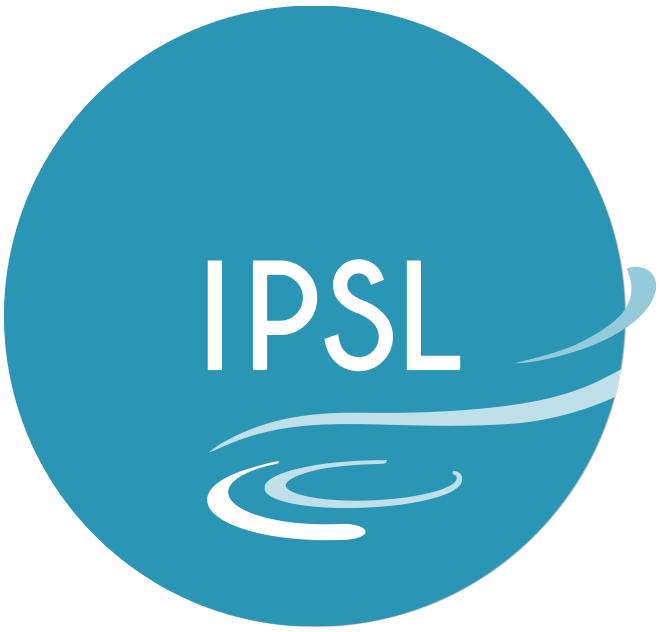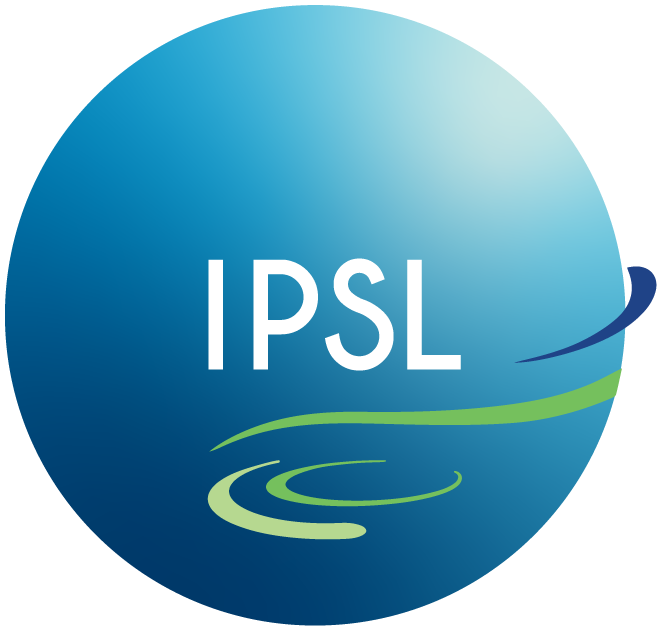IPSL's laboratories and associated teams work with the Observatories for Sciences of the Universe of Paris (OVSQ, ECCE TERRA, EFFLUVE, OSUPS).
ECCE TERRA (Observatoire des Sciences de l’Univers Sorbonne Université-INSU)
Fourteen laboratories and three research teams, comprising around 1,500 employees, contribute to the fundamental objectives of the OSU dedicated to the field of ‘Earth, Climate and Ecology Sciences’ with a unifying link of ‘the environment’. Their aim is to contribute to the knowledge in these varied fields but with thematic continuity and a special focus on health issues (epidemiology and respiratory diseases).
OSUPS (Observatoire des Sciences de l’Univers Université Paris Sud)
Created in 2001, the OSUPS (Observatory of Sciences of the Universe at the University of Paris-Sud) is made up of 2 laboratories: IAS and GEOPS. The OSU Paris-Sud hosts a national facility recognised by CNES and INSU, the calibration station. It has also developed IDOC (integrated data and operations centre), whose missions are recognised by national (CNES, INSU) and international (ESA, NASA) bodies.
Observatoire de Versailles Saint-Quentin-en-Yvelines (OVSQ)
The missions of OVSQ are observation to improve our understanding of climate change and its impacts, the study of planetary atmospheres, the promotion of transversal research and exchanges between researchers, the training of new generations capable of thinking, deciding and acting in the field of sustainable development, the climate, the environment and adaptation to climate change.
OSU-EFLUVE
To achieve its objectives, OSU-EFLUVE, part of the University of Paris-Est Créteil Val de Marne (UPEC), works with five research laboratories. The research themes developed by the observatory teams are strongly focused on the environment at the human-influenced regional scale and cover the three compartments of air, water, soil as well as the built environment. The spectrum of research ranges from the physical and chemical analysis of these environments to analysis of the flora and fauna. The study of the anthropogenic impact on these systems, in particular in urban areas, and how this is taken into account in environmental management is often a focal point of this research. It includes field and laboratory experiments as well as digital modelling.

